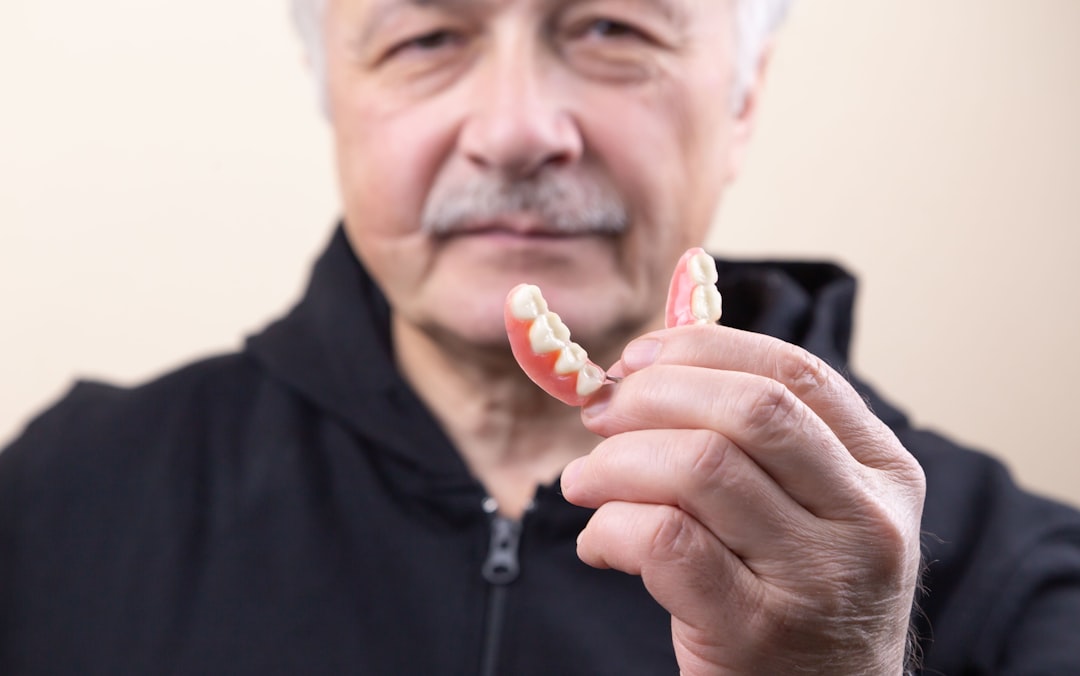What is it about?
This study delves into the effects of sensitized nociceptive (pain-sensing) and mechanosensitive (pressure-sensing) nerves on central and peripheral hemodynamics following exercise-induced muscle damage. The research aims to understand how heightened sensitivity in these nerves influences the body's blood flow and circulation after muscle-damaging exercise.
Featured Image

Photo by Pawel Czerwinski on Unsplash
Why is it important?
The importance of this research lies in unraveling the complex relationship between nerve sensitization, muscle damage, and hemodynamic responses. Understanding these interactions is crucial for gaining insights into potential mechanisms underlying post-exercise recovery and cardiovascular adaptations. The findings may contribute to developing strategies to manage post-exercise discomfort and optimizing recovery protocols.
Perspectives
Potential perspectives include refining rehabilitation approaches for individuals experiencing exercise-induced muscle damage, potentially leading to more targeted interventions to alleviate pain and improve recovery. Additionally, this research may prompt further investigations into the broader implications of nerve sensitization on cardiovascular health and exercise-related outcomes.
Dr Fabio Zambolin
Manchester Metropolitan University
Read the Original
This page is a summary of: Effects of nociceptive and mechanosensitive afferents sensitization on central and peripheral hemodynamics following exercise-induced muscle damage, Journal of Applied Physiology, October 2022, American Physiological Society,
DOI: 10.1152/japplphysiol.00302.2022.
You can read the full text:
Contributors
The following have contributed to this page










